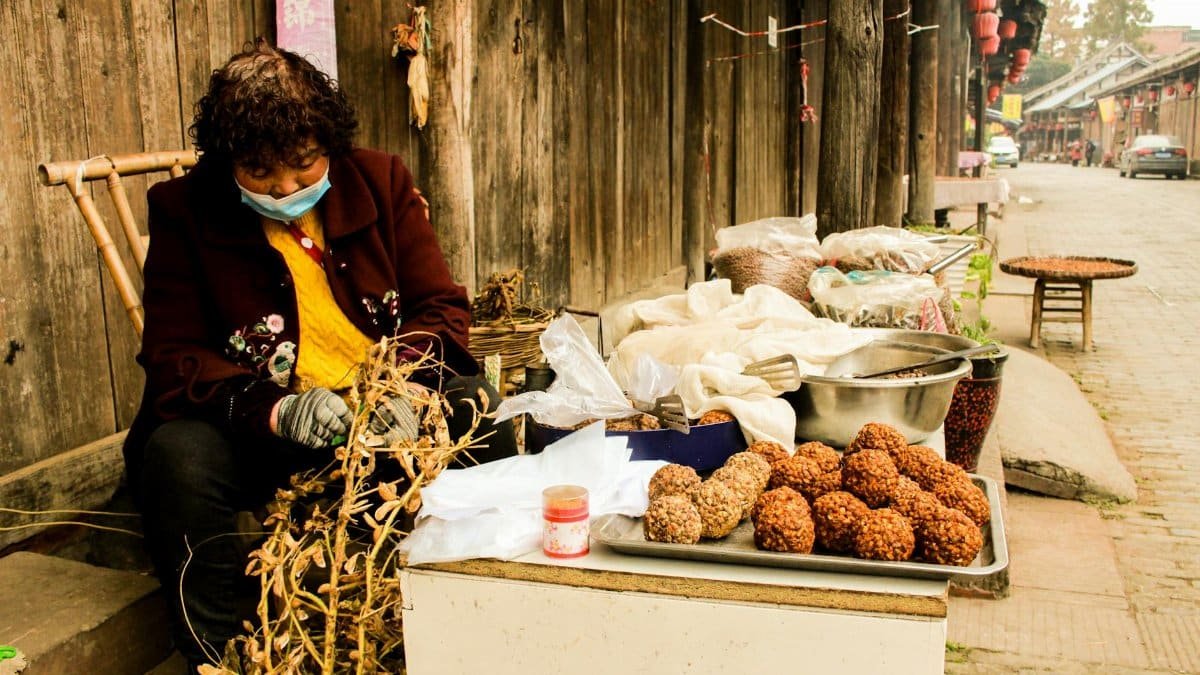Walk down the streets of Columbus these days, and you might notice a subtle shift. Amid the familiar hum of supermarkets and corner stores, a new kind of grocery experience is taking root. Shoppers clutch reusable totes, bypassing plastic-wrapped produce for bulk bins and unpackaged goods. This isn’t just a passing fad—it’s the arrival of Ohio’s first plastic-free grocery chain, a bold experiment in sustainable shopping. The concept of “plastic free grocery Ohio” is no longer a distant ideal but a tangible reality, challenging how we think about everyday purchases. As environmental concerns mount, this launch signals a growing demand for alternatives to the plastic-heavy norms of modern retail. What does this mean for Ohioans, and could it reshape grocery habits across the state? The answers lie in the aisles of this pioneering store.
The Roots of a Plastic-Free Revolution

In early 2025, a small chain called GreenCart opened its doors in Columbus, branding itself as Ohio’s first entirely plastic-free grocery. The idea sounds simple: no plastic packaging, no disposable bags, no shrink-wrapped snacks. Instead, customers bring their own containers or use the store’s compostable paper options. Bulk bins line the walls, offering everything from lentils to laundry detergent. Fresh produce sits unwrapped, and even meat and dairy come in glass jars or wax paper. It’s a throwback to a pre-plastic era, but with a modern twist—sustainability as a core value. GreenCart’s founders, a group of local entrepreneurs, saw a gap in the market after years of watching zero-waste shops thrive in places like California and Oregon. They wondered: why not Ohio?
The timing feels right. A 2023 study from the Pew Research Center found that 67% of Americans support policies to reduce plastic waste, a sharp rise from a decade ago. Ohio, with its mix of urban centers and rural communities, offers a unique testing ground. GreenCart’s launch isn’t just a store opening—it’s a statement. But turning vision into reality hasn’t been easy, and the hurdles reveal much about the state of sustainable retail today.
Navigating the Challenges of Going Plastic-Free

Imagine running a grocery store where every supplier must rethink their packaging. That’s the hurdle GreenCart faces daily. Most food distribution networks rely on plastic for convenience and cost—think pallets of shrink-wrapped vegetables or crates of bottled condiments. Convincing vendors to switch to alternatives like cardboard or glass isn’t just a logistical puzzle; it’s a financial one. Small-scale farmers and local producers have been more willing to adapt, but larger suppliers often balk at the added expense. One of GreenCart’s managers shared a telling frustration: “We’re asking for a complete overhaul in how they’ve operated for decades. It’s a hard sell.”
Then there’s the customer side. Habits die hard. Many Ohio shoppers, accustomed to grabbing pre-packaged goods, hesitate at the idea of weighing out rice or refilling jars of honey. Education is key—GreenCart hosts workshops on zero-waste practices, but change takes time. A report from the U.S. Environmental Protection Agency notes that Americans generated 40 million tons of plastic waste in 2018 alone, much of it from packaging. Breaking that cycle in a single state, let alone a single store, feels daunting. Yet GreenCart persists, betting on a slow but steady shift in mindset.
The Shopper Experience: A Learning Curve

Step into GreenCart, and the first thing you notice is the absence of crinkling plastic. The air smells faintly of spices from open bins. Shoppers move deliberately, scooping oats into cloth bags or pouring olive oil into mason jars. It’s quieter than a typical supermarket, almost meditative. But for newcomers, it can feel overwhelming. There’s no grab-and-go ease here. You plan ahead, bring containers, and sometimes wait as staff tare weights at checkout. One regular, a Columbus mom in her forties, admitted it took a few visits to adjust. “At first, I forgot my jars and felt stuck,” she said. “Now, it’s second nature. I even enjoy it.”
That learning curve is real, but GreenCart tries to soften it. Signs explain how to use bulk dispensers, and staff roam the aisles offering tips. For those without containers, the store sells affordable reusable ones. Still, not everyone’s sold. Some grumble about the extra steps or higher prices—items like unpackaged nuts often cost more due to smaller supply chains. Data from the Bureau of Labor Statistics shows grocery prices have risen steadily in 2025, and plastic-free options don’t help ease the sting. Will convenience win out over conviction for most Ohioans? Only time will tell.
Environmental Impact: Numbers and Nuance

Why go plastic-free in the first place? The numbers paint a grim picture. The Oceana organization estimates that the U.S. contributes up to 2.24 million tons of plastic pollution to oceans annually, much of it from single-use items like grocery packaging. GreenCart’s model aims to chip away at that figure, one reusable bag at a time. If even a fraction of Ohio’s 11.8 million residents adopted plastic-free habits, the ripple effect could be significant. Locally, less plastic means less waste clogging landfills and waterways like the Ohio River, a lifeline for the state.
But the impact isn’t black-and-white. Critics point out that alternatives like paper or glass have their own environmental costs—higher energy use in production, for instance, or heavier transport emissions. GreenCart acknowledges this tension, striving to source locally to cut carbon footprints. It’s not a perfect solution, but it’s a start. For many environmentalists in Ohio, the store represents a tangible way to act on broader climate concerns, even if the path forward is messy.
Community Response and Cultural Shift

Ohio isn’t Portland or San Francisco, where zero-waste culture has deeper roots. Here, the push for sustainability often competes with practicality. Yet GreenCart has found an audience. Urban dwellers in Columbus and Cincinnati have embraced it as a badge of eco-consciousness, while rural shoppers show curiosity, if not full commitment. Online chatter reflects mixed feelings—one anonymous account described the thrill of a plastic-free haul, only to lament the time it took. “I want to care, but I’ve got kids and a job,” the post read. It’s a sentiment many can relate to.
Still, there’s a budding sense of community. GreenCart hosts monthly meetups where shoppers swap tips on reducing waste beyond the store—think homemade cleaners or composting hacks. These gatherings hint at something larger: a cultural shift, however gradual, toward redefining what “normal” looks like in grocery shopping. In 2025, as climate anxiety grows, “plastic free grocery Ohio” might just become a rallying cry for those seeking small, meaningful change.
Looking Beyond Ohio: A Model for Others?

GreenCart’s experiment raises a bigger question: can plastic-free grocery stores scale? Ohio, with its diverse demographics, offers a microcosm of America. If the model works here, it could inspire chains elsewhere. The founders dream of expanding to Cleveland and Dayton, but they’re cautious. Success hinges on proving that sustainability doesn’t mean sacrifice. They’re tracking sales, waste reduction, and customer feedback, hoping to build a blueprint others can follow. For now, each jar filled and plastic bag avoided feels like a quiet victory.
Back in Columbus, the store hums with possibility. A retiree weighs out coffee beans, chatting with a cashier about cutting down on trash. Nearby, a college student fills a bottle with shampoo, grinning at the novelty. It’s not a revolution yet, but it’s a spark. For Ohioans wrestling with how to live lighter on the planet, “plastic free grocery Ohio” offers a glimpse of what’s possible—one unpackaged apple at a time.
Natasha is the heart of our exploration into conscious connection. Applying principles from multiple counseling courses in her own life, she guides you to cultivate stronger, more joyful bonds.
Disclaimer
The content on this post is for informational purposes only. It is not intended as a substitute for professional health or financial advice. Always seek the guidance of a qualified professional with any questions you may have regarding your health or finances. All information is provided by FulfilledHumans.com (a brand of EgoEase LLC) and is not guaranteed to be complete, accurate, or reliable.
